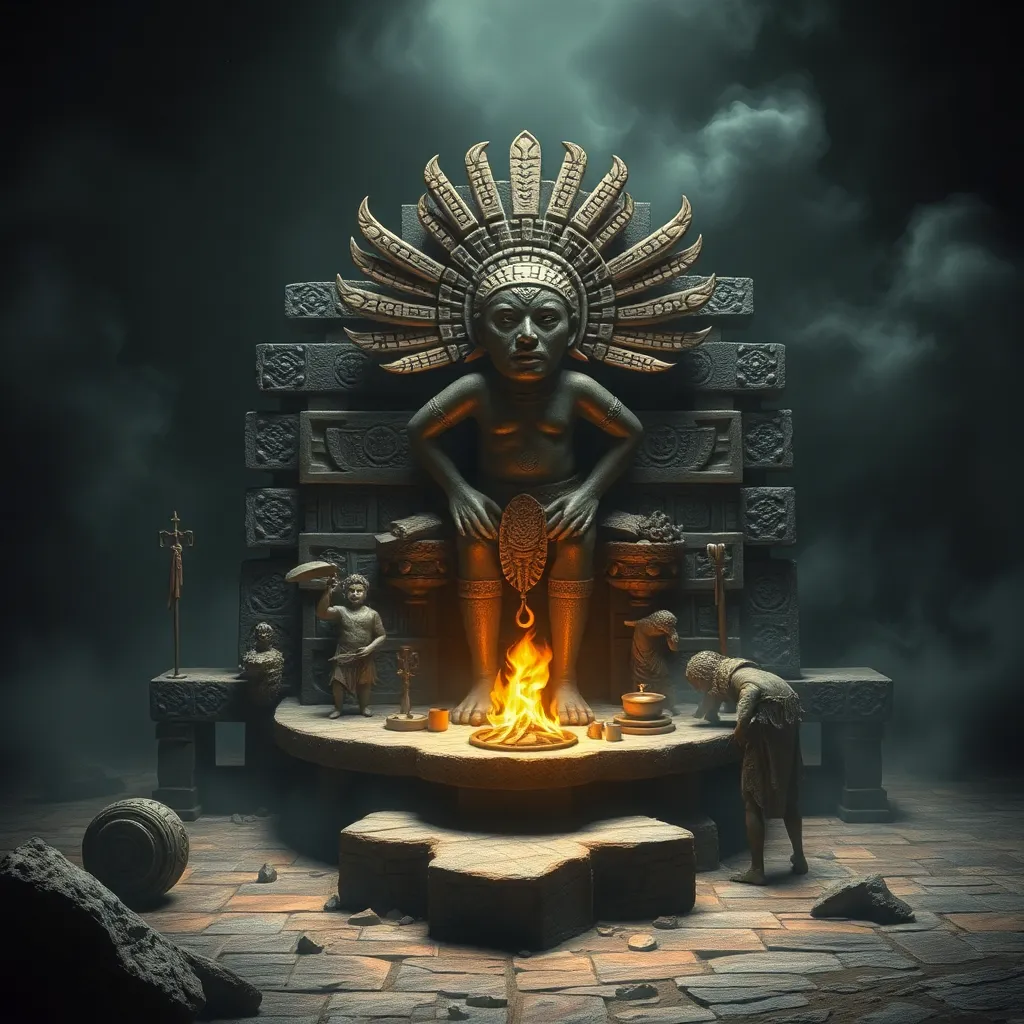Beyond the Masks: Exploring Native American Shapeshifters and Skinwalkers
I. Introduction
Shapeshifters and skinwalkers are intriguing figures in Native American folklore, often embodying complex narratives that intertwine cultural identity, spirituality, and moral teachings. These beings are not merely fantastical creatures but are deeply rooted in the traditions and beliefs of various tribes across North America.
Understanding these figures is crucial for appreciating the rich tapestry of Native American cultural narratives. This article will delve into their historical context, cultural significance, modern interpretations, and the psychological and sociological implications surrounding them.
II. Historical Context of Shapeshifting in Native American Cultures
Shapeshifting myths have existed across various Native American tribes, each with its own unique interpretations and stories. These myths often stem from a profound relationship with nature and the spiritual world.
- Origins of Shapeshifting Myths: Many tribes, including the Navajo, Lakota, and Ojibwe, have legends featuring shapeshifters that reflect their understanding of the world.
- Spirituality and Nature: These beliefs often highlight the interconnectedness of all living beings, suggesting that humans can transform into animals or other beings as a means of understanding different perspectives.
- Comparison with Other Cultures: Shapeshifting is not exclusive to Native American folklore; similar legends exist in Celtic, African, and Asian cultures, often serving as metaphors for transformation and adaptation.
III. The Concept of the Skinwalker
In Navajo tradition, the skinwalker, or yee naaldlooshii, is a malevolent being capable of transforming into various animals, often associated with witchcraft and dark practices.
- Definition and Characteristics: Skinwalkers are typically described as witches who have gained the ability to shapeshift, using their powers for harmful purposes.
- Symbol of Fear and Taboo: The skinwalker embodies societal fears and serves as a cautionary tale against moral transgressions and the misuse of spiritual power.
- Comparative Analysis: While many cultures have shapeshifter myths, the skinwalker is unique in its association with witchcraft and the explicit moral warnings it conveys.
IV. Cultural Significance and Symbolism
Shapeshifters play a pivotal role in Native American storytelling, serving as vessels for imparting cultural values and moral lessons.
- Moral Lessons: Shapeshifting stories often highlight themes of humility, respect for nature, and the consequences of one’s actions.
- Connection to Nature: These legends emphasize the bond between humans and the natural world, illustrating the belief that all beings possess a spirit.
- Duality and Transformation: Shapeshifting symbolizes the dual nature of existence, reflecting the constant change and transformation inherent in life.
V. Shapeshifting in Modern Interpretation
In contemporary media, shapeshifters and skinwalkers have gained popularity, often portrayed in films, books, and television shows.
- Portrayal in Media: These figures are frequently depicted as either terrifying villains or misunderstood beings, leading to a range of interpretations.
- Impact of Popular Culture: While these portrayals can spark interest in Native American folklore, they often lack the cultural nuance and depth of the original narratives.
- Cultural Appropriation Risks: There is a growing concern about the misrepresentation and appropriation of Native American traditions in popular culture, which can dilute their significance.
VI. Personal Accounts and Folklore
Personal anecdotes and stories from Native American communities provide valuable insights into the significance of shapeshifters and skinwalkers in contemporary culture.
- Anecdotes: Many individuals recount encounters with skinwalkers or share stories passed down through generations, reflecting deep cultural ties.
- Oral Tradition: The oral tradition plays a crucial role in preserving these narratives, allowing communities to maintain their cultural heritage.
- Community Values: These stories often mirror community values, illustrating the beliefs and morals that are central to Native American identity.
VII. The Psychological and Sociological Perspectives
The fear and fascination surrounding skinwalkers highlight complex psychological and sociological dimensions in modern society.
- Fear and Fascination: The enigmatic nature of skinwalkers captivates the imagination, often resulting in a blend of fear and intrigue.
- Psychological Implications: Belief in shapeshifters can provide a framework for understanding fears, societal norms, and moral boundaries.
- Sociological Impact: The narratives surrounding shapeshifters contribute to Native American identity, fostering community cohesion and resilience against external challenges.
VIII. Conclusion
Exploring the themes of shapeshifters and skinwalkers reveals profound insights into Native American culture and spirituality. These figures serve not only as symbols of transformation and moral guidance but also as reflections of community values and fears.
To honor and respect Native American traditions, it is essential to approach these narratives with understanding and appreciation. Further research and engagement with indigenous perspectives can enhance our comprehension of these rich cultural legacies.



